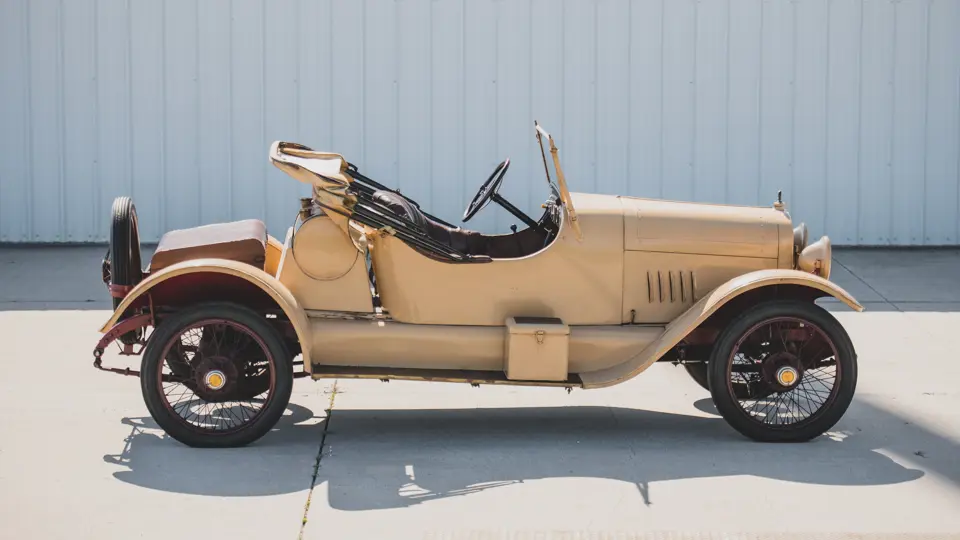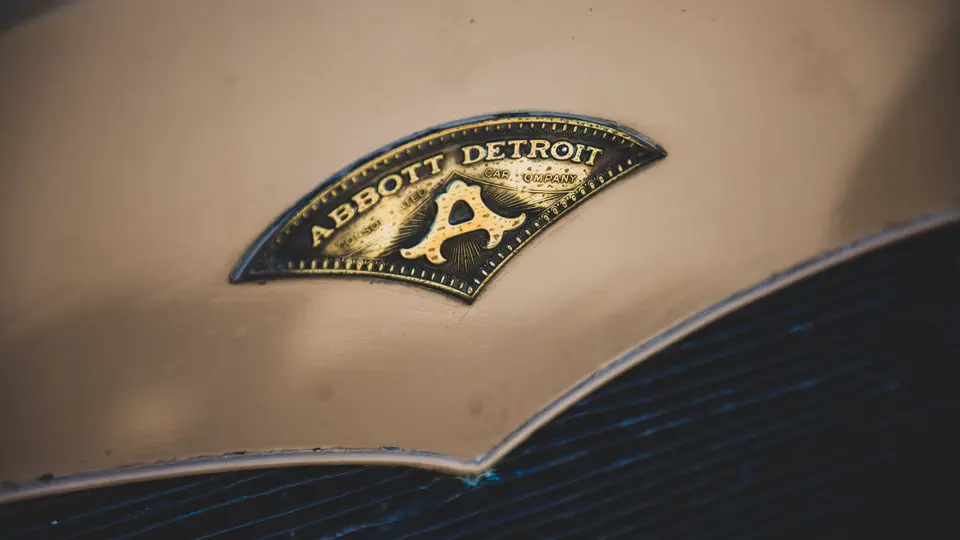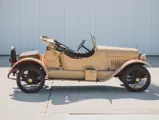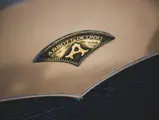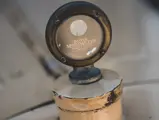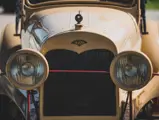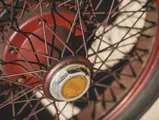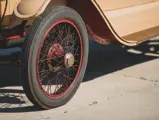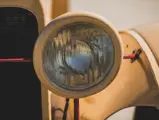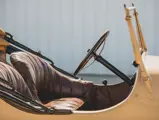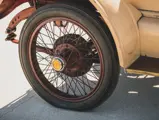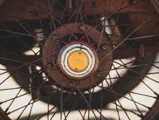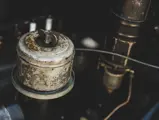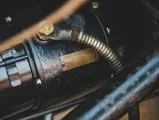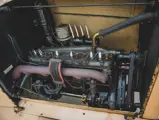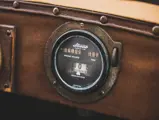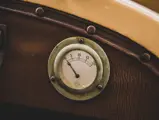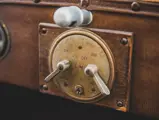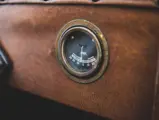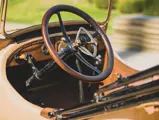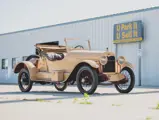The Abbott Motor Car Company was established in 1909 in Detroit. The founder was Charles G. Abbott, and the cars were utterly conventional for their day. The engines came from Continental, though in later years some Herschell-Spillman eights were employed. For most of the marque’s lifetime, the cars were called “Abbott-Detroit,” although by 1916 they were officially just “Abbotts.”
Motor sports and promotional stunts were an integral part of the marketing strategy. One of these events was a 100,000-mile trek of the Abbott-Detroit “Bull Dog,” driven by Dr. Charles G. Percival, editor of Health Magazine, circumnavigating the United States, then traveling coast to coast three times “over the vilest roads the country possesse[d].” Another car took the Philadelphia Trophy at that city’s Fairmount Park track in 1910. A sprightly Battleship roadster was produced in 1913, the year Edward F. Gerber bought the company, but was replaced by R.A. Palmer, former manager for Cartercar, two years later. The company name was changed to Consolidated Car Corporation, and in 1916, manufacturing was moved to Cleveland, but only lasted until October 1917.
A tidy older restoration, this 1917 Abbott bears the older Abbott-Detroit nameplate. It is tan with pleated brown leather upholstery; the undersurface of the fenders matches the deep red hue of the chassis. The engine is Continental’s 7W, a 224-cubic-inch L-head six making 36 bhp at 1,600 rpm. It is clean and utilitarian, without excessive cosmetic detail. Other equipment includes Flintex headlamps and a MotoMeter on the radiator cap. A capacious piece of leather luggage nestles between the fuel tank and rear-mounted spare tire, useful for those who travel on weekends.
Surviving Abbotts (and Abbott-Detroits) are believed to hover in single or barely double-digit numbers. This car represents a rare chance to acquire one.

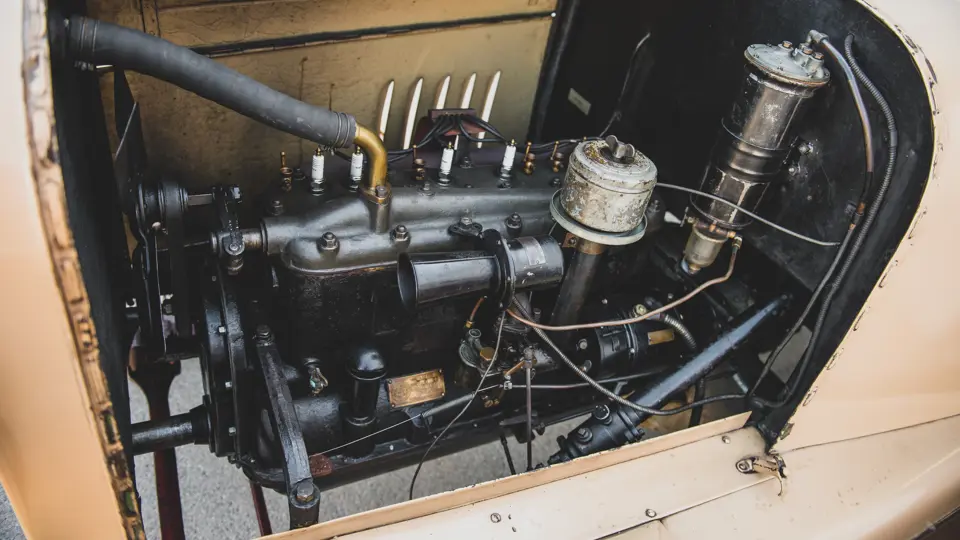


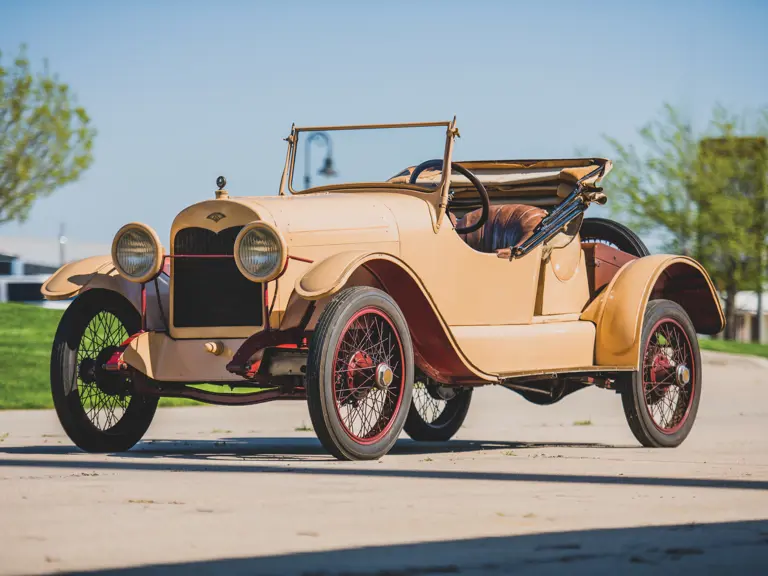
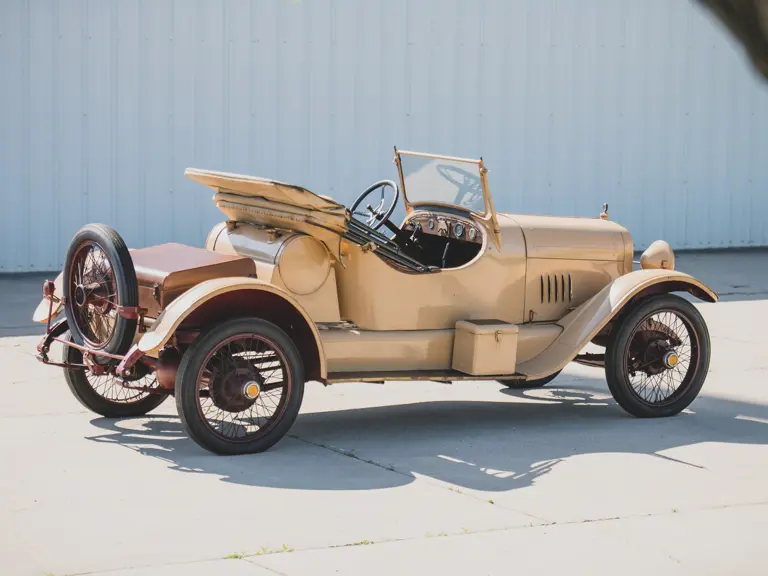
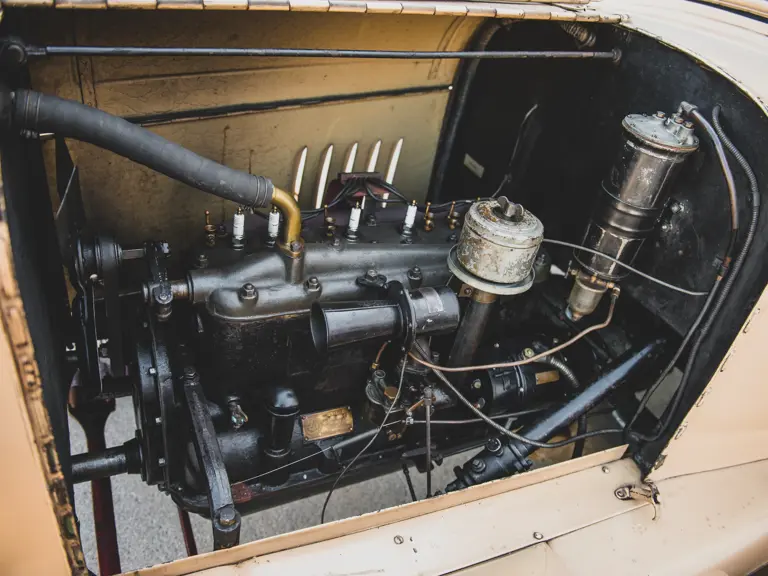
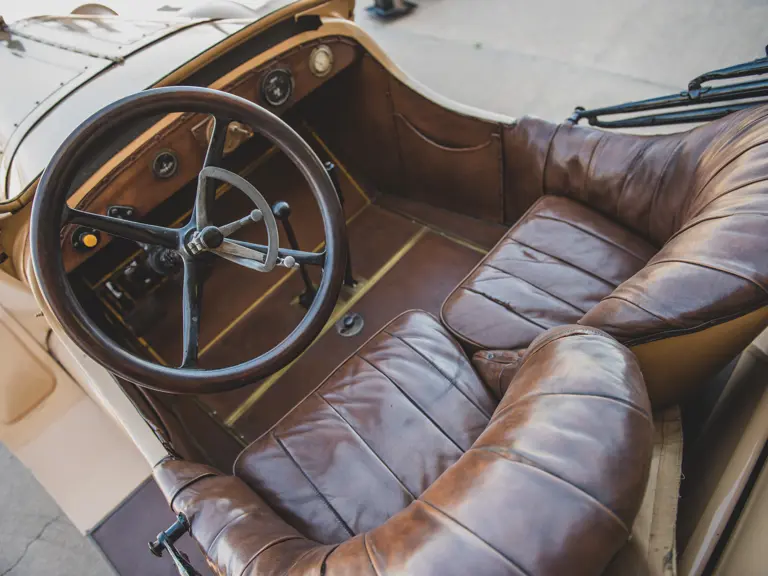
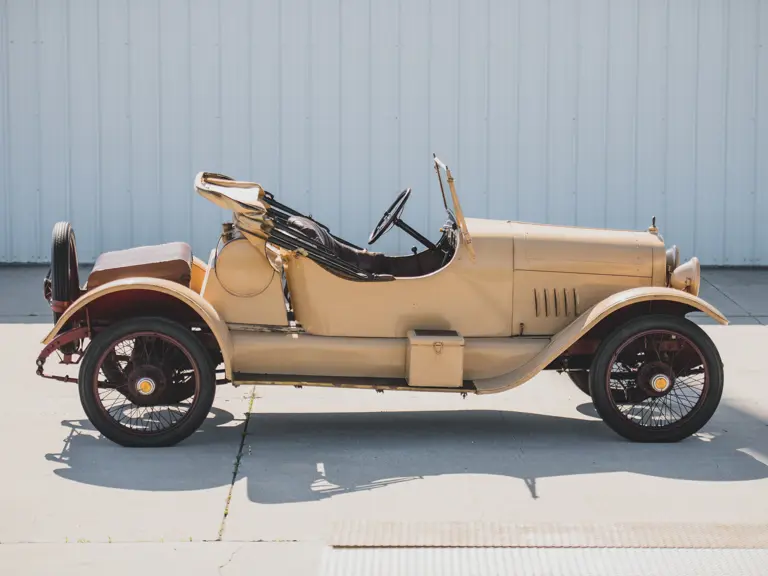
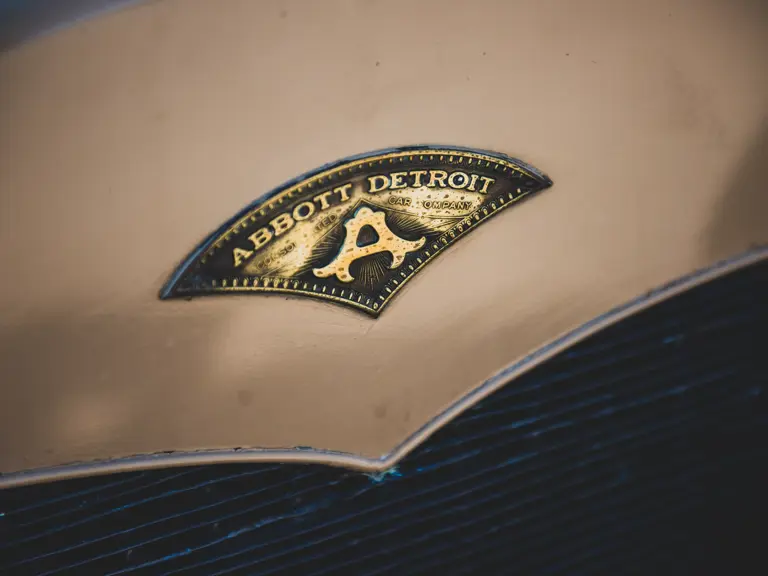
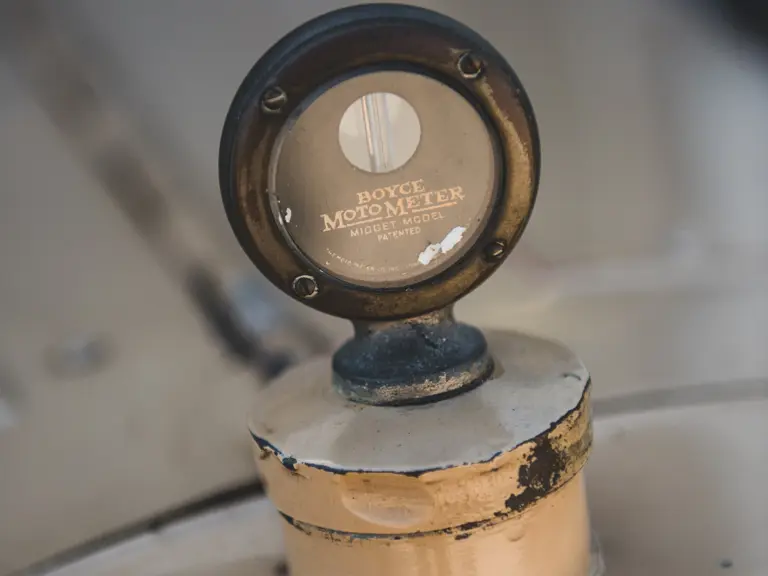

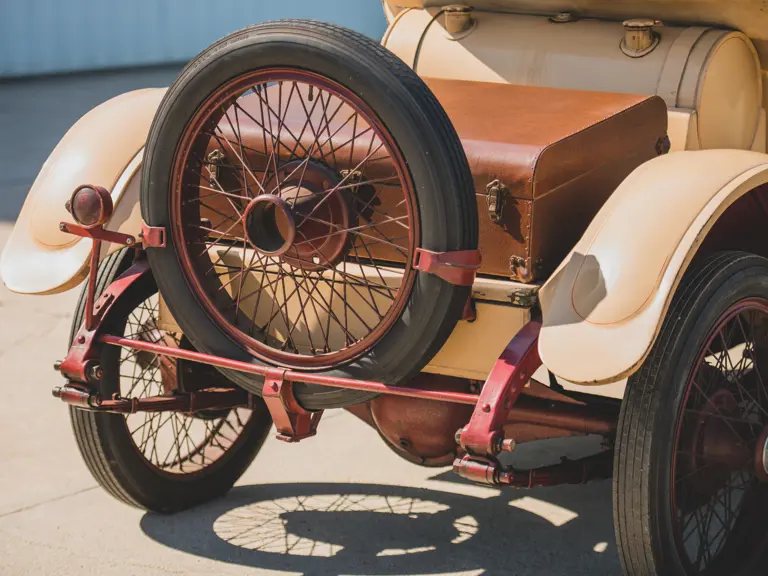
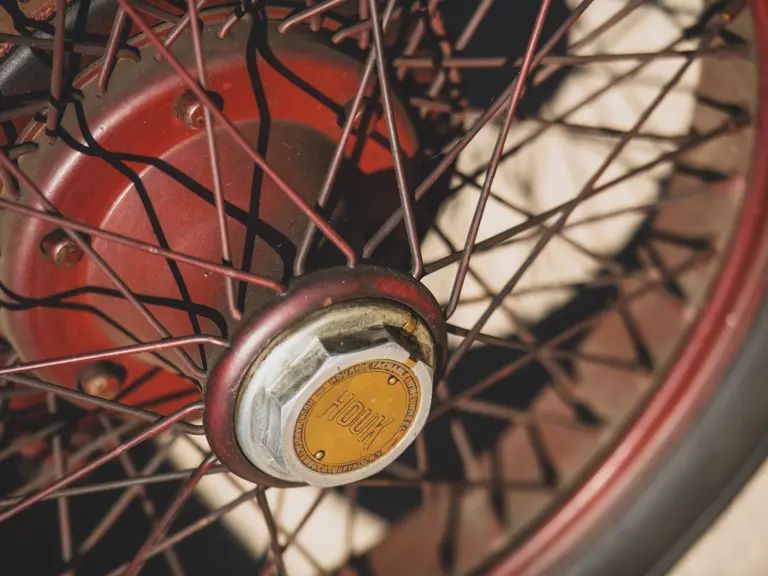
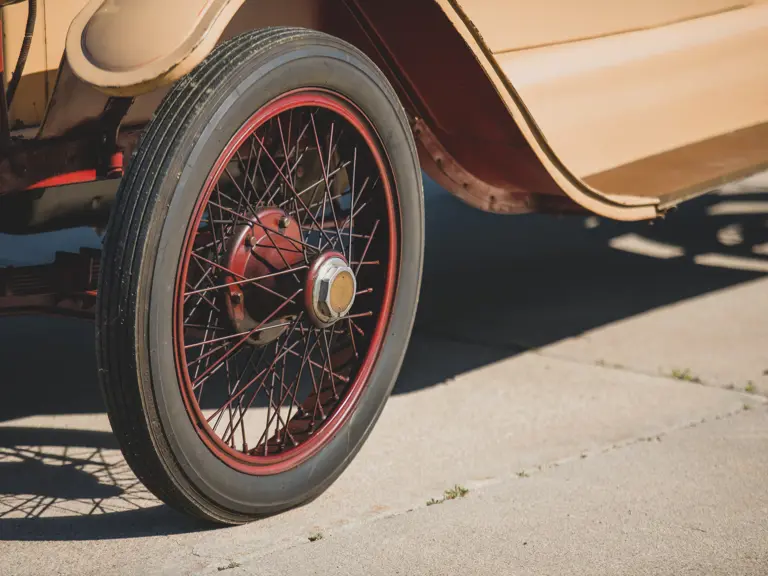
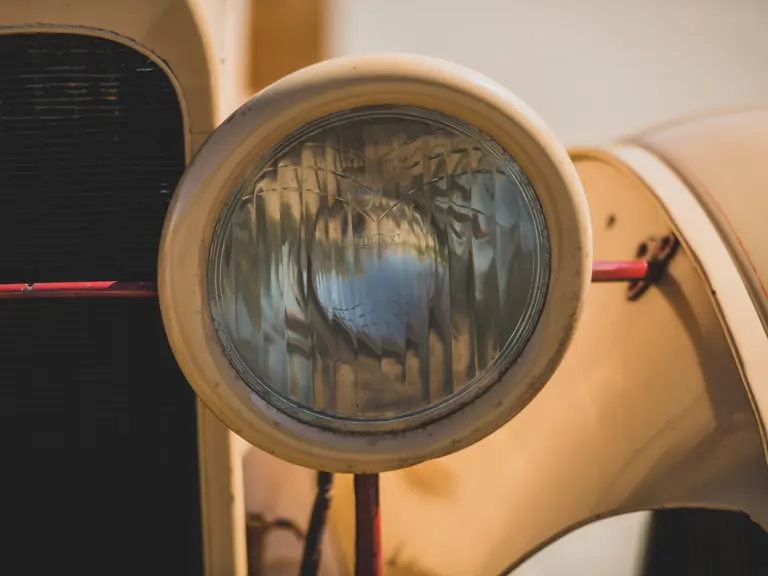
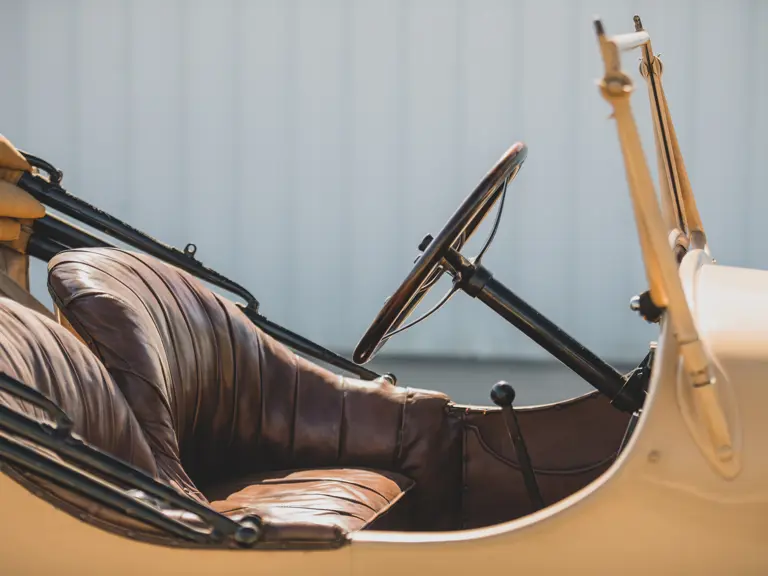

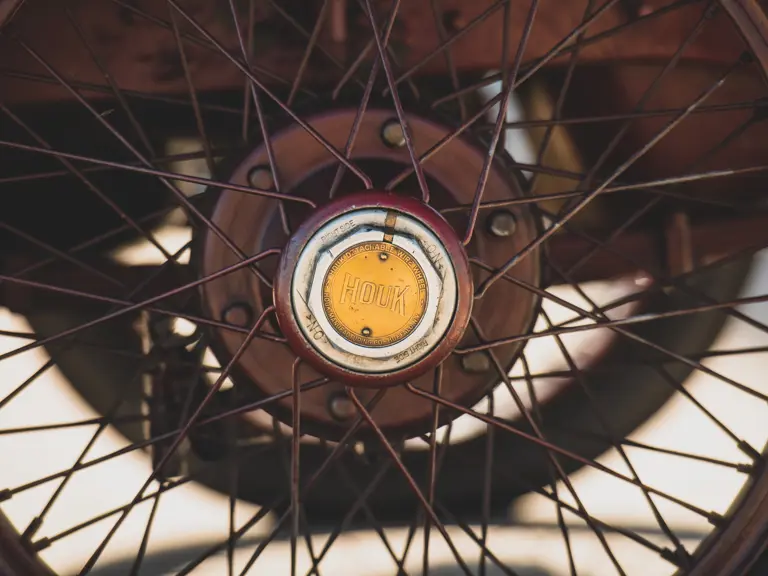


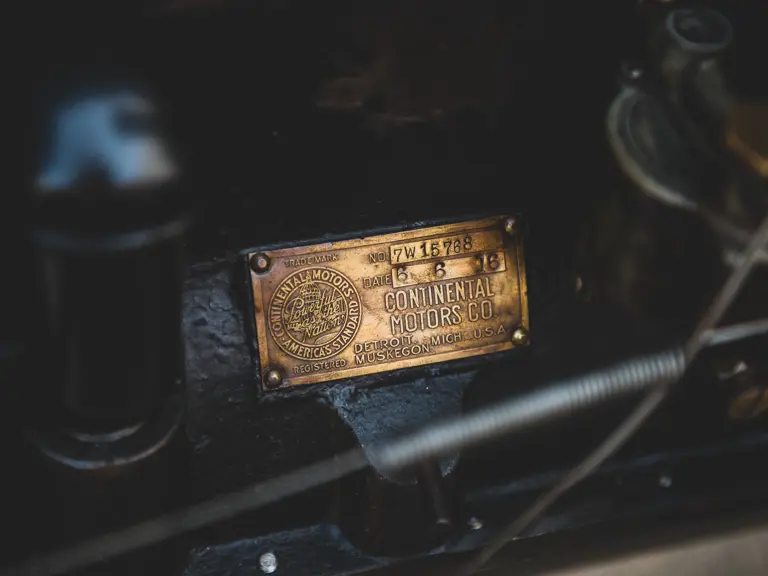
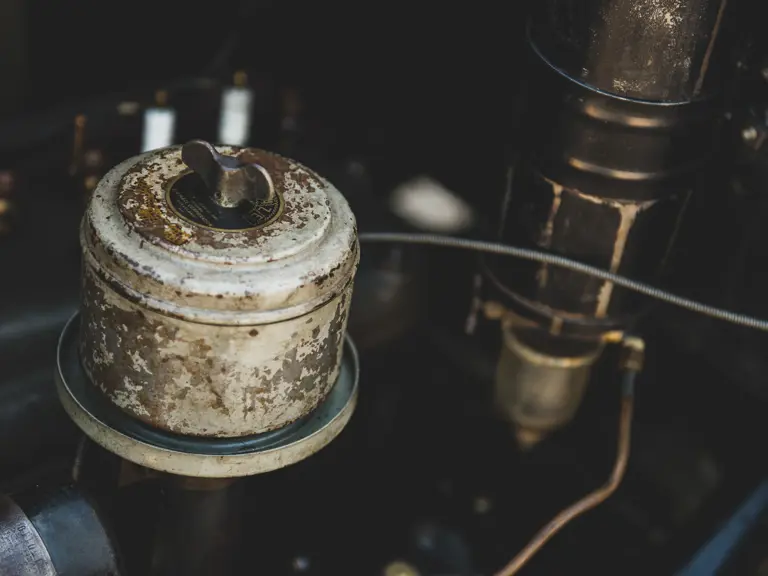

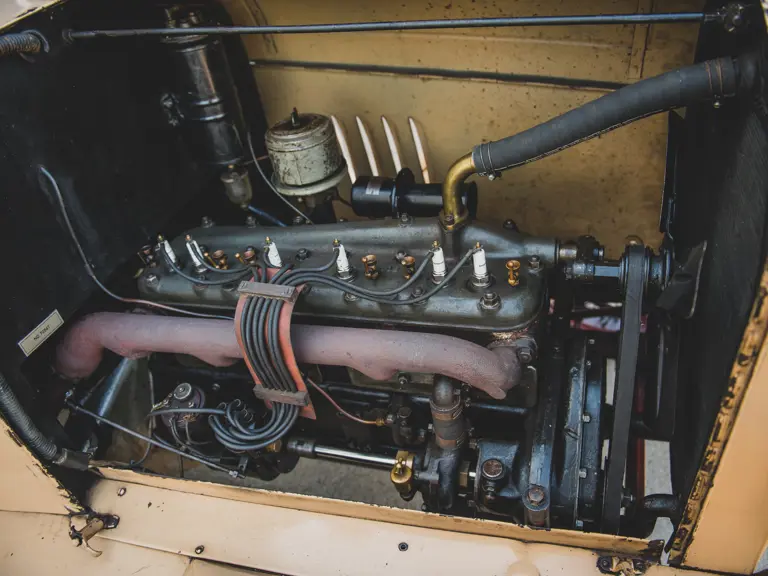



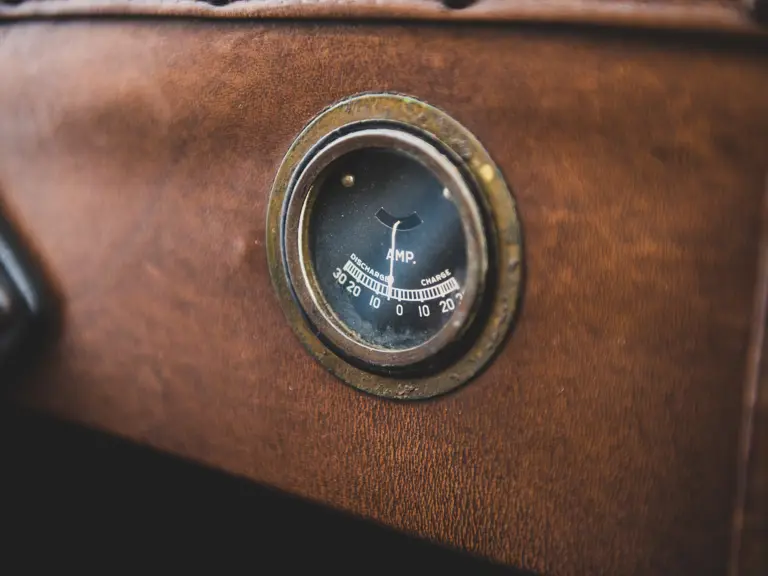
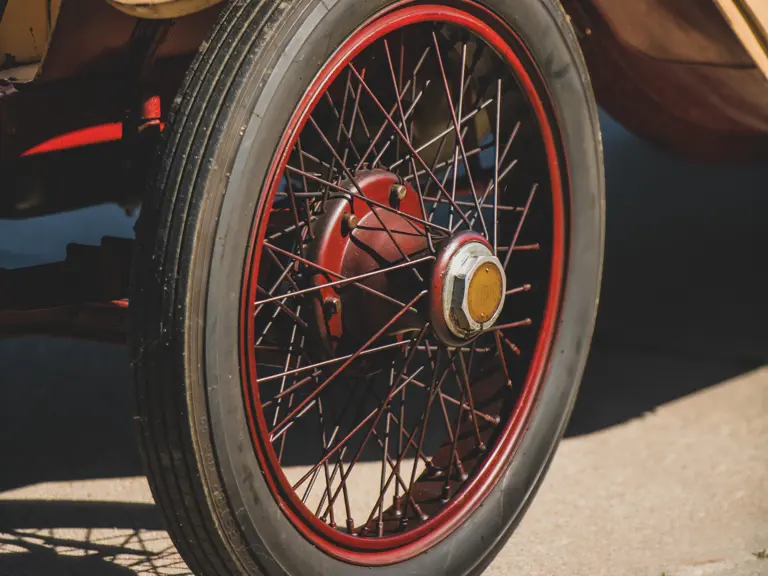


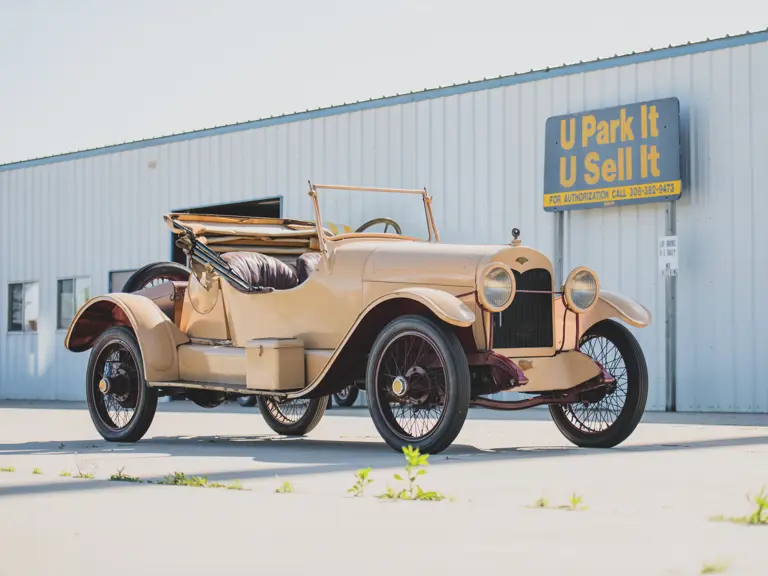

 | Hershey, Pennsylvania
| Hershey, Pennsylvania
